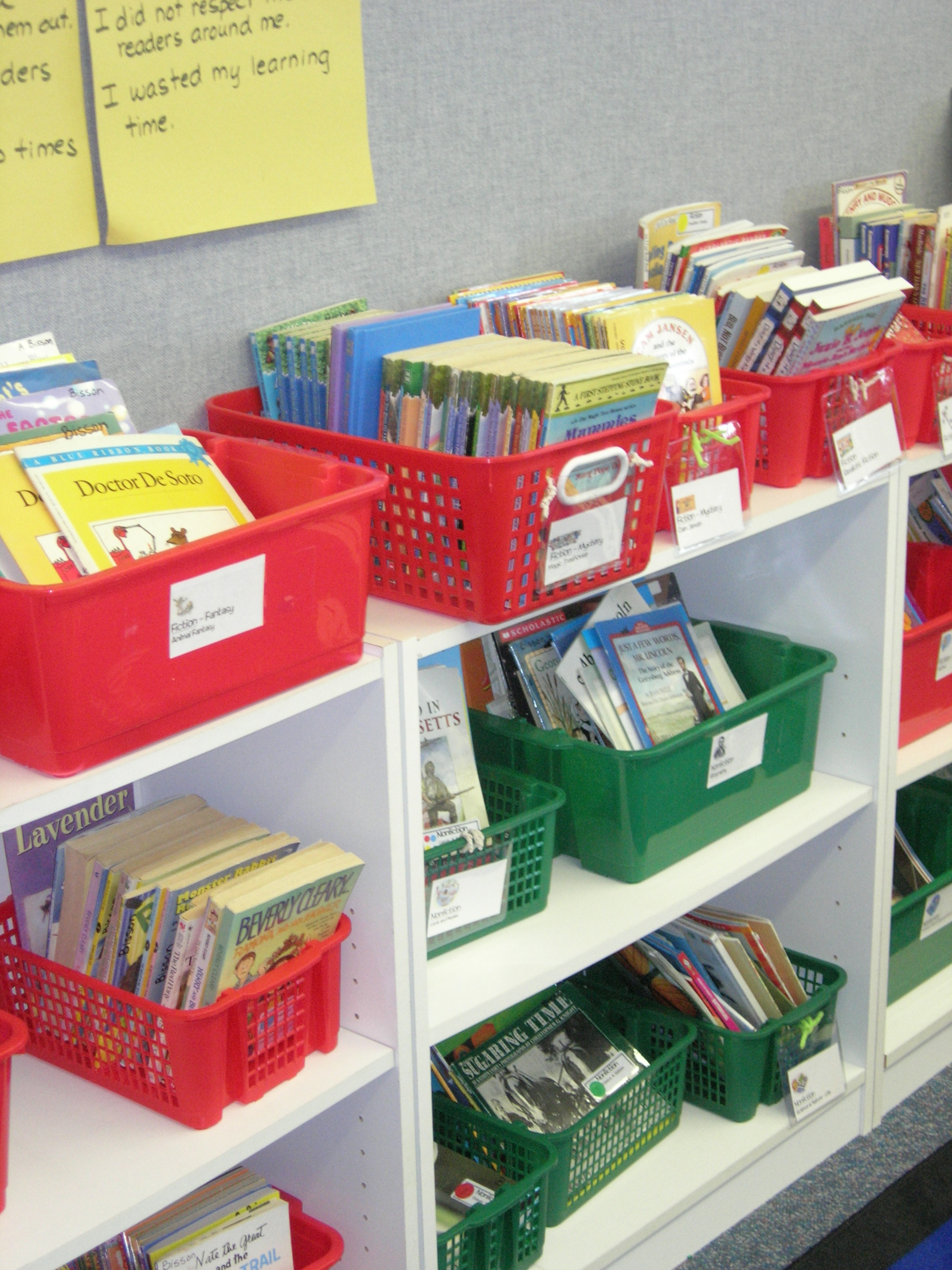The only way to make sense out of change
is to plunge into it,
move with it,
and join the dance.
ALAN WATTS
Alan Watts Quotes. (n.d.). BrainyQuote.com. Retrieved January 5, 2024, from BrainyQuote.com Web site: https://www.brainyquote.com/quotes/alan_watts_386511
This quotation has a particular resonating truth for me.
No longer able to make sense of the changes in our world politics, a place where right is wrong, care and empathy toward others is oftentimes missing, where there feels as if there is more emphasis on the outrageous, unkind, and vindictive, I’ve often felt as if it would be better for my mental health to just say “The hell with it. Leave me alone.” Even though politically left-leaning, I’ve avoided offending by writing. I’ve self-edited and silenced myself.
Avoiding changes, leaning away from one’s truth made me feel like an imposter.
Is avoidance the best response to changes, even if that response comes from one tiny voice in a great big world? By shutting down my true response to uncomfortable changes in our world, my silence may have allowed me to avoid conflict with those who disagree. Doing so, I have not joined the dance. I’ve sat on the sidelines.
Like a wallflower.
Lately, with some much overdue perspective from a professional, I’ve been challenged to deal with my discomfort with change and my reluctance to join the dance. And so, this is the first step. I am plunging into changes, moving with it, no longer hiding for fear of committing an offense. Apologies in advance, but then again, I am not sorry.
I’ve been a listener. Now I need to join the dance.
——————————————
Recently, local news media was all ablaze with the proclamation that third grade students taking MCAS tests last spring were still “underperforming” in reading and math.(see end notes) So last year’s 2023 third grade students, were second graders in 2022, first graders in 2021 and kindergarteners in 2020. What else was going on in their world in 2020 that may have been distracting them from early literacy skills in particular and language acquisition? Oh right, a global pandemic. You know the one where schools were business-as-usual on an early March Thursday and shut down the next day? Teachers and students learned through virtual education for the remainder of the school year. And many classrooms were fully virtual or hybrid for good portions of the following year as well.
My educational colleagues (I retired in 2015), were inventing how to engage children, very young children, with developing attention spans, sometimes wonky access to technology, and adapting materials on the fly. Not just for a few days, or weeks or a partial year, but for a good number of important learning months. In my view, that circumstance alone is enough reason to question expectations of children whose early literacy experience was so different from “normal”. It is incredibly naive to think there was no negative impact.
And then let’s talk about how worries about a child’s housing or food security just might have been a distraction. Yup, kids pick up on family dynamics.
So when I hear people ready to disparage all of education based on a set of test scores from a set of students whose learning was affected by extraordinary circumstances, I wonder what the real issue might be. Certainly journalists, public policy makers, and edu-crats understand that a global pandemic’s effects might have a basis in what happened in the period or years before a high-stakes test. And that the recovery may take multiple years.
How incredibly discouraging it must be to have come through all of the wild adaptations of 2020, 2021, and have a single assessment deem one “under performing”! Yes, there needs to be a deep dive into what education – including all of the stakeholders – needs to change in order to close the gaps in learning caused by losses incurred during the Covid years.
That small- and large-scale changes are needed to remediate those learning losses is crystal clear. In 30 years in the classroom, I never met one educator satisfied with the status quo, myself included. There is always a yearning to do better, to ensure that each student’s learning potential is attained, no matter what the subject area.
Instead of yapping headlines and finger pointing about incompetence, there should always be room for looking at the antecedent – the events that came before – and considering their impact.
End Notes:
“These 275 Massachusetts schools were identified as needing state assistance or intervention” (Sep 21, 2023)
“MCAS scores are still well below pre-pandemic levels” (Sep 21, 2023)



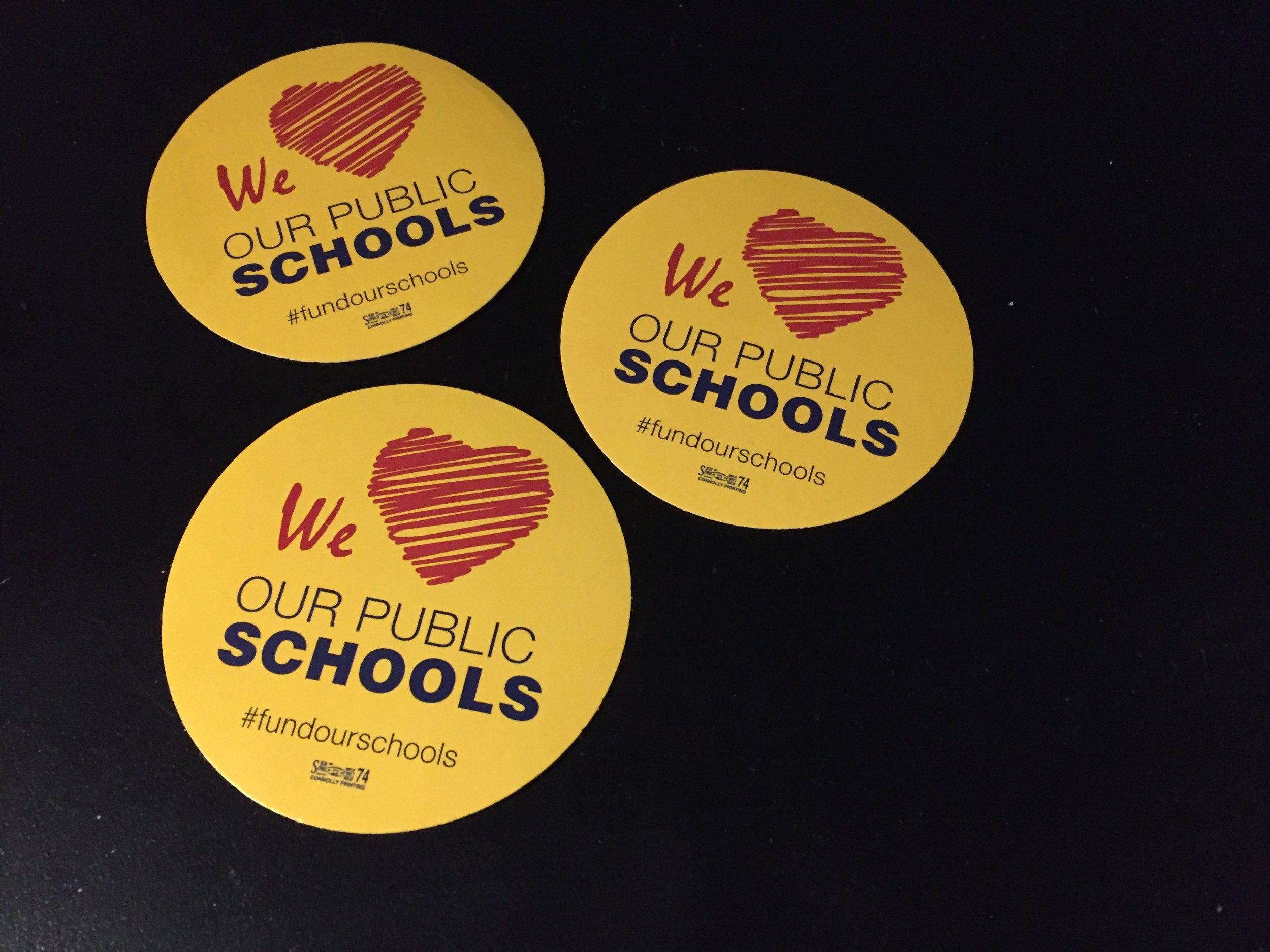 t's budget time once again in Lowell and if you thought last year's budget was a squeaker, wait until you see this year's edition.I do not envy the Superintendents across Massachusetts. This is a pretty ugly time to try to keep programming viable when Foundation Budget calculations are 25 years out of date and when cities and towns have little appetite for raising tax revenues.If Lowell's budget proposal is any indication, most of the options for cutting without affecting direct services to students have been exercised. Now it is going to hurt. And one of those areas of pain seems to be library services.Like last year, the proposal is that the entirety of school libraries - with the exception of the High School - will be dismantled. I believe the only reason that the certified Library Media Specialist at the High School is retained only because, without this position, the High School could lose certification. Not a good thing.Historically, all of our schools had library-media specialists (
t's budget time once again in Lowell and if you thought last year's budget was a squeaker, wait until you see this year's edition.I do not envy the Superintendents across Massachusetts. This is a pretty ugly time to try to keep programming viable when Foundation Budget calculations are 25 years out of date and when cities and towns have little appetite for raising tax revenues.If Lowell's budget proposal is any indication, most of the options for cutting without affecting direct services to students have been exercised. Now it is going to hurt. And one of those areas of pain seems to be library services.Like last year, the proposal is that the entirety of school libraries - with the exception of the High School - will be dismantled. I believe the only reason that the certified Library Media Specialist at the High School is retained only because, without this position, the High School could lose certification. Not a good thing.Historically, all of our schools had library-media specialists (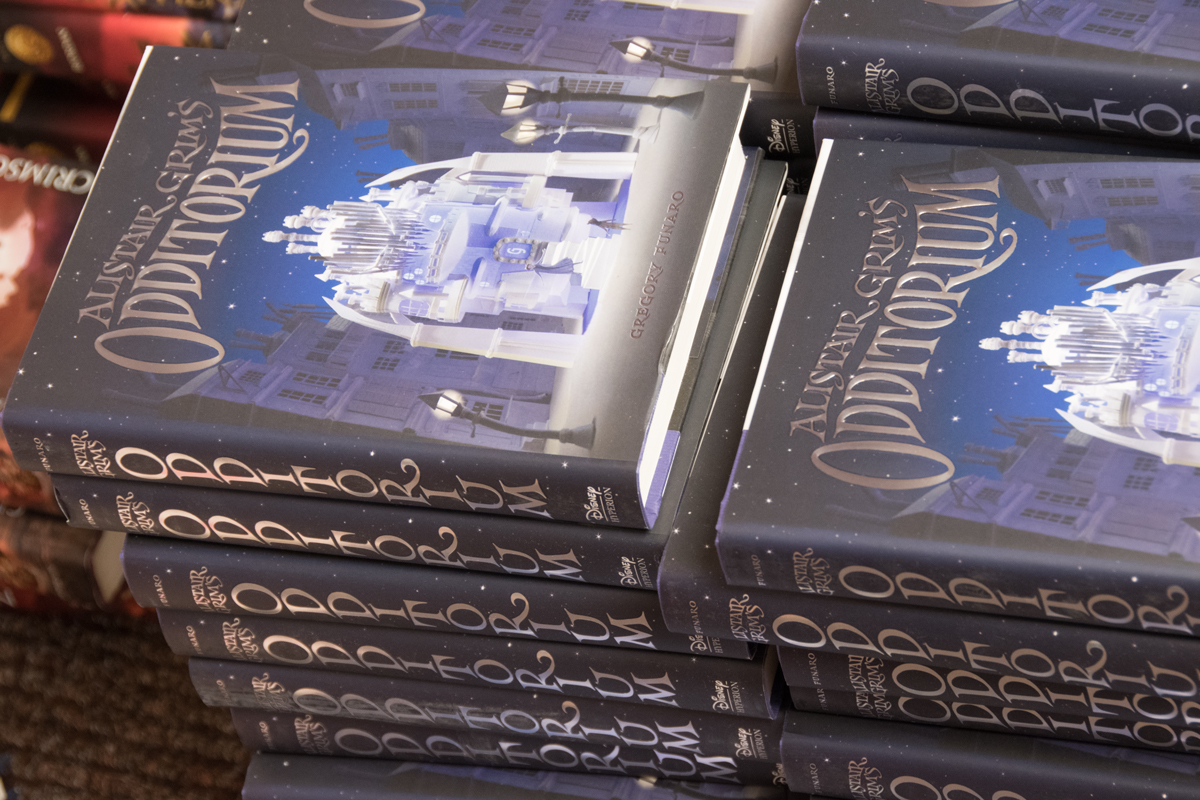 As an educator, I find more often than not that I have conflicting emotions about the current state of curricula. The narrative, at least from much of the press and definitely from state and federal education agencies, is that our schools are failing. And while I think that education can always find ways to improve instruction and to reach all learners, I do not believe our schools are dismally inept at education.Consider the current climate in reading instruction for example. There is almost an atmosphere of panic in making sure students are reading with rigor. Kindergarten children are expected to leave that grade level as five- and six-year old readers on F&P Level D. Did you leave Kindergarten reading?What exactly does that designation "Level D" mean? Let me quote the introduction to Readers at Level D from Fountas & Pinnell's Continuum (2016, p 428):
As an educator, I find more often than not that I have conflicting emotions about the current state of curricula. The narrative, at least from much of the press and definitely from state and federal education agencies, is that our schools are failing. And while I think that education can always find ways to improve instruction and to reach all learners, I do not believe our schools are dismally inept at education.Consider the current climate in reading instruction for example. There is almost an atmosphere of panic in making sure students are reading with rigor. Kindergarten children are expected to leave that grade level as five- and six-year old readers on F&P Level D. Did you leave Kindergarten reading?What exactly does that designation "Level D" mean? Let me quote the introduction to Readers at Level D from Fountas & Pinnell's Continuum (2016, p 428):
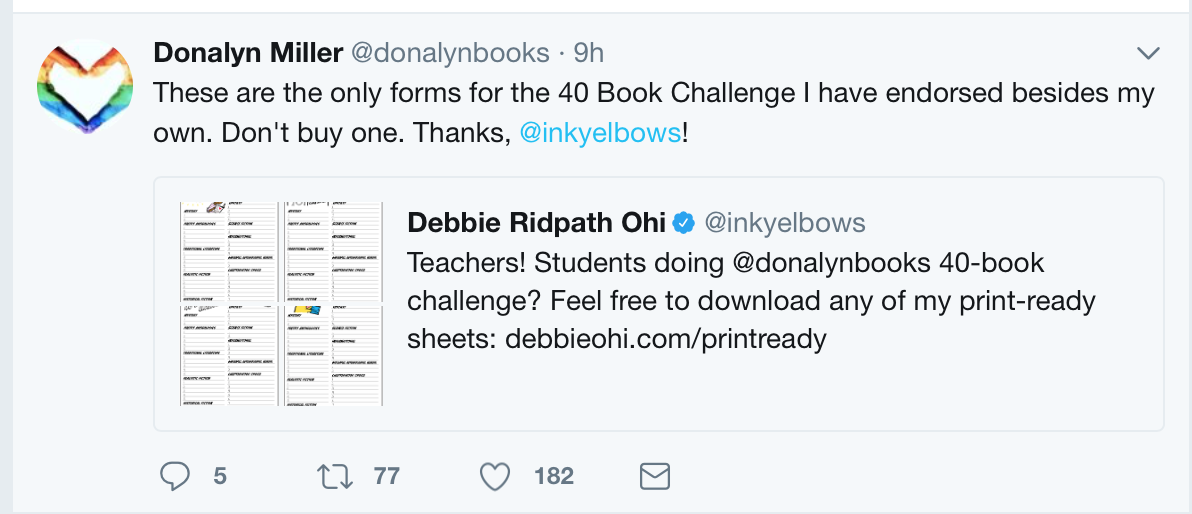
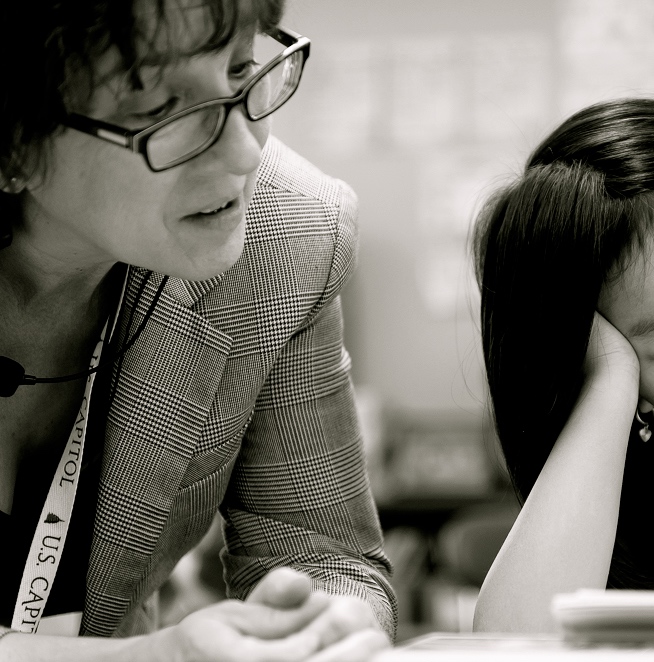 One of the texts I've reviewed for a course I'm leading this summer is Jan Burkins and Kim Yaris'
One of the texts I've reviewed for a course I'm leading this summer is Jan Burkins and Kim Yaris'  I'm really excited about this project!When the American Federation of Teachers-Massachusetts (AFT-MA), our local union's state affiliate, approached our local union a year ago about hosting a
I'm really excited about this project!When the American Federation of Teachers-Massachusetts (AFT-MA), our local union's state affiliate, approached our local union a year ago about hosting a 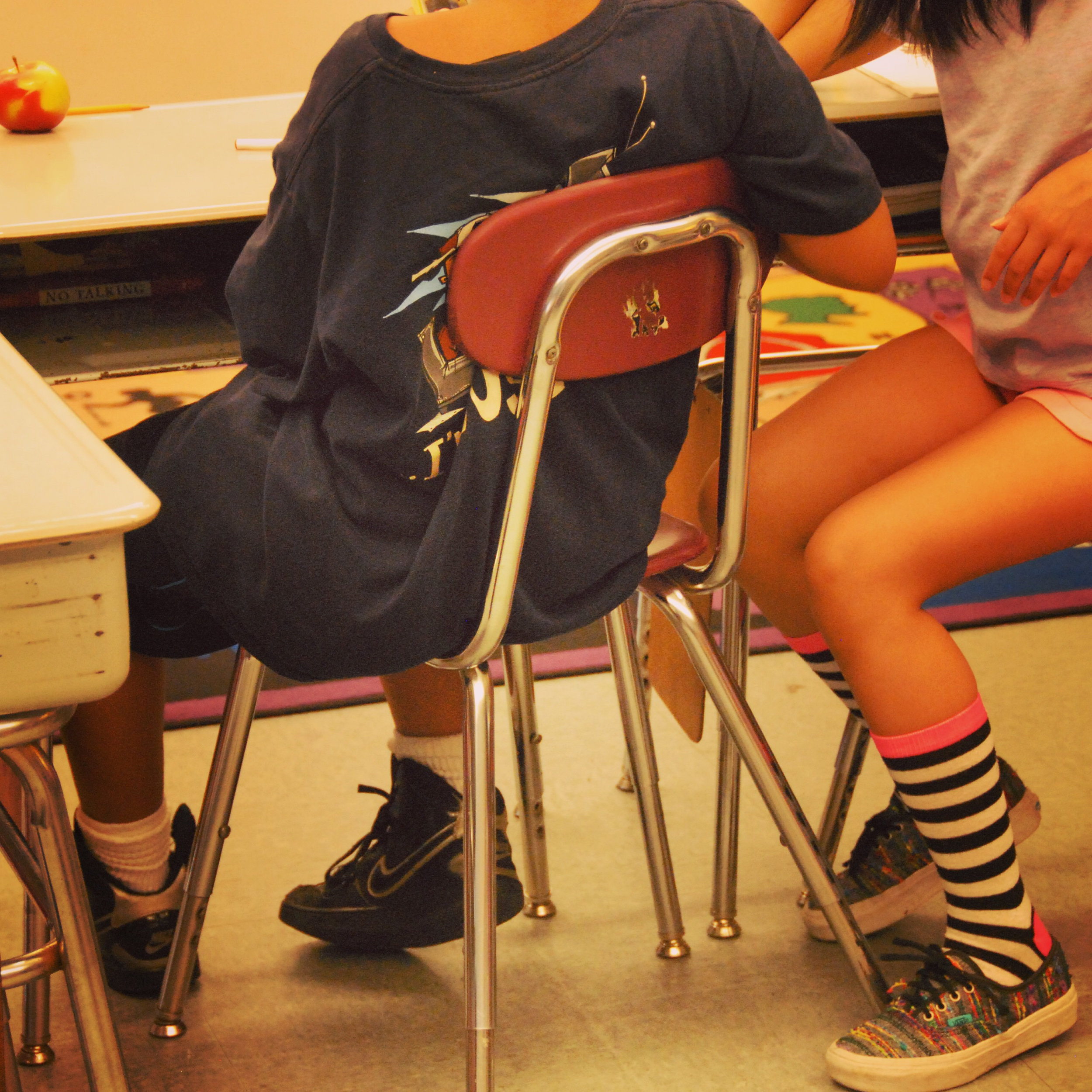 As a writer and, as a teacher, I value collaboration with peers. I know that my writing is made more clear, more interesting, and more precise when I rely on a trusted "critical friend" to offer constructive feedback. And so, when the Commonwealth's writing standards included peer revising as well as adult conferring, the inclusion of critical friends in the Writing Process made sense. Beginning in Grade 2, Writing Standard 5 includes this important progression of peer revision and peer editing. [Refer to the Writing Standards ("Code W") by grade level beginning on page 26 of the
As a writer and, as a teacher, I value collaboration with peers. I know that my writing is made more clear, more interesting, and more precise when I rely on a trusted "critical friend" to offer constructive feedback. And so, when the Commonwealth's writing standards included peer revising as well as adult conferring, the inclusion of critical friends in the Writing Process made sense. Beginning in Grade 2, Writing Standard 5 includes this important progression of peer revision and peer editing. [Refer to the Writing Standards ("Code W") by grade level beginning on page 26 of the 